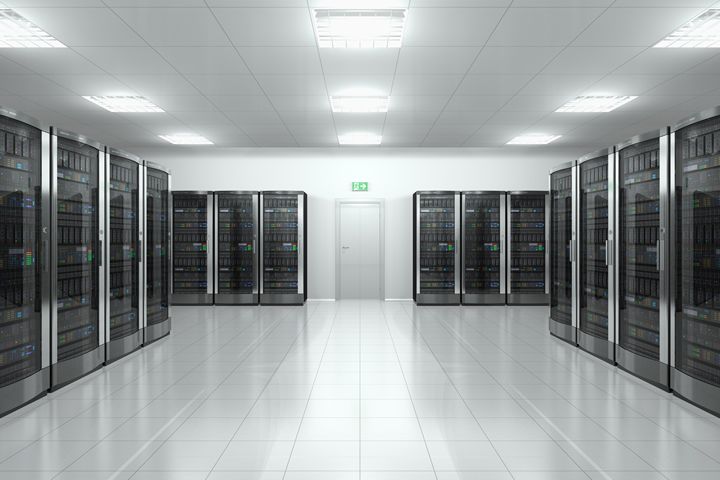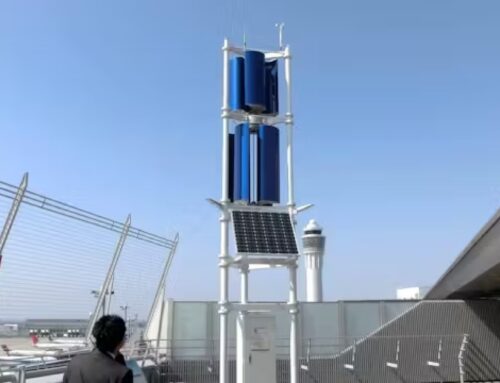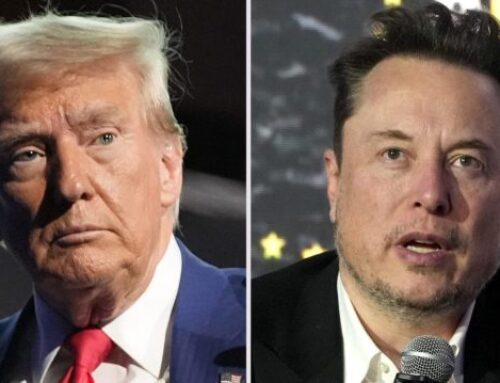To Solve Data Center’s Unique Energy Demand Problem, The Industry Needs Unique Strategies
November 24, 2024
While the productivity benefits of AI are still up for debate, its environmental impact is not. ChatGPT on average needs 10x as much electricity to process a query compared to a Google search and data center emissions are set to double by 2030.

To Solve Data Center’s Unique Energy Demand Problem, The Industry Needs Unique Strategies

To Solve Data Center’s Unique Energy Demand Problem, The Industry Needs Unique Strategies
Himanshu Khurana, CTO | Powin
Generative AI has become all the rage with enterprise leaders. From leveraging AI as the new all-in-one corporate co-pilot, search engine and more to driving investments in chips and data centers to fuel these models, businesses are all-in when it comes to the new technology.
While the productivity benefits of AI are still up for debate, its environmental impact is not. ChatGPT on average needs 10x as much electricity to process a query compared to a Google search and data center emissions are set to double by 2030. AI may not be going anywhere, but its energy demand is a growing problem that the tech industry can no longer afford to ignore.
As organizations grapple with balancing commitments to environmental impact and driving innovation, they must turn to sustainable solutions that empower energy resilience to power data centers while also promoting cleaner energy when paired with renewables.
The Current State of Data Centers
Data centers are integral to not only generative AI deployment but modern technology in general, as well as boosting local economies and bringing domestic jobs. In the United States alone, there are close to 3,000 data centers, heavily concentrated in California, Texas, and Virginia, and with AI demand growing, more will continue to pop up in coming years.
While data centers help power most modern enterprises supporting everything from cloud computing to data storage and processing, they also drive significant energy usage. Thanks to the fast-paced innovation of generative AI, previously flat rates of energy demand are expected to increase by 9% by 2028 alone, which can impact energy costs for local residents.
What’s more, fossil fuels power 60% of electricity generation, and when considering the increase in energy demand in conjunction with the need for more power to keep data centers up and running, the environmental impact only grows. Businesses are quickly approaching a critical turning point for their operations – they can either find sustainable power sources and integrate them into their operations, or they can risk running up energy demand, cost, and environmental impact, making their AI efforts more harmful than positive.
Solutions to Data Center’s Environmental Impact
Organizations will only continue to invest in generative AI and data centers in the coming years, and while it may be too late to put the proverbial genie back in the bottle with AI’s energy usage, data centers still have the opportunity to build more sustainable, resilient energy sources that can work in tandem with the public grid.
Battery energy storage systems (BESS) allow data centers to store excess energy and effectively deploy the stored energy, alleviating the stress on the grid from peak demand times and serving as an immediate and long-term solution. BESS solutions not only provide grid stability, they also pair with renewable energy, providing data centers with more environmentally friendly electricity. Helping organizations decrease their reliance on fossil fuels and the public grid while simultaneously powering data centers and keeping costs down, BESS solutions provide data centers with a path forward that promotes sustainable, reliable energy usage while also cutting costs. BESS solutions enable data centers to run more efficiently, optimizing costs and resources to power innovation.
Organizations are also turning to nuclear power as another energy source for long-term solutions, either leveraging small reactors or reactivating dormant power plants, such as Microsoft’s partnership with Constellation Energy to reopen Three Mile Island. Nuclear energy doesn’t emit greenhouse gasses and continuously creates energy, but for organizations looking to use nuclear power as a clean energy source, safety must be at the top of their minds, and regulations must be followed.
Energy solutions are not an either-or scenario, as BESS solutions also bolster the deployment of nuclear power as a viable alternative to fossil fuels. By enabling peak shaving and energy load management, BESS lowers operational costs for nuclear facilities, making it easier to integrate nuclear power into data center energy strategies. During high-demand periods, batteries discharge stored energy, reducing the need for nuclear plants to ramp up production, optimizing efficiency and extending the lifespan of nuclear assets. BESS integrations offer data centers a way to tap into a steady, clean energy source while keeping costs in check and supporting a low-carbon future.
The Path Forward
There’s no doubt that generative AI is shaping the future, from business operations to environmental impact and beyond, and data centers must consider sustainable, clean energy sources to meet rising electricity demands. BESS solutions provide data centers with a path forward for immediate and long-term gains, helping to control costs and support the transition to clean energy. Organizations don’t have to compromise on sustainability and innovation, and leveraging solutions like BESS and exploring alternative energy sources like solar, wind, and nuclear, data centers can find a path forward that allows for continued technical innovation while also promoting the clean energy transition.
The content & opinions in this article are the author’s and do not necessarily represent the views of AltEnergyMag
Comments (0)
This post does not have any comments. Be the first to leave a comment below.
Post A Comment
You must be logged in before you can post a comment. Login now.
Featured Product

MORNINGSTAR – GenStar MPPT
GenStar MPPT is the industry’s first fully integrated solar DC charging system, an all-new design with “lithium DNA” from the leader in charge controllers. Out of the box, GenStar is an overachiever-delivering legendary Morningstar quality, efficiency, power and reliability along with the latest in advanced communications and control technologies. All the most installer-requested features are on-board; additional features can be easily added via Morningstar’s ReadyBlock expansion technology, with snap-in blocks that provide battery metering and monitoring, signaling and load control, and lithium battery communications/control
Search
RECENT PRESS RELEASES
Related Post



